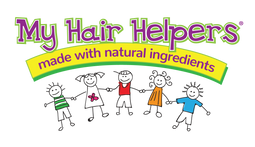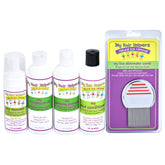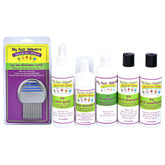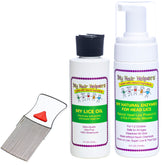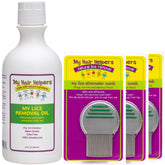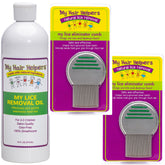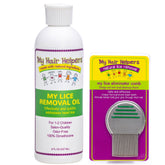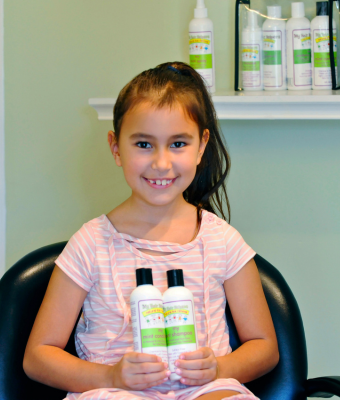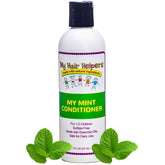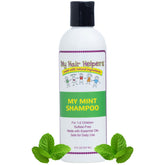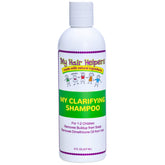HOW DIFFERENT CULTURES HANDLE HEAD LICE INFESTATIONS

Head lice are a universal annoyance—these tiny parasites afflict millions of individuals across the globe each year, regardless of age, socioeconomic background, or geography. Although the problem is widespread, responses vary greatly depending on cultural norms, available resources, and folk traditions.
Let’s explore how different cultures handle head lice infestations, shedding light on both the commonalities and fascinating differences in treatment approaches.
The Universal Nature of Head Lice
Before diving into cultural specifics, it’s important to recognize a few basic facts about head lice. First, there are no socioeconomic boundaries when it comes to head lice. These pesky parasites can occur in any setting, from rural villages to upscale urban neighborhoods. Second, they are primarily transmitted via direct head-to-head contact, but occasionally through shared items like hats, brushes, or bedding.
Lastly, lice are still wrongly associated with poor hygiene in many societies. In reality, they thrive just as well in clean hair as they do in dirty hair. Despite these universal truths, cultures around the world have developed unique, localized methods for prevention and treatment.
North America: Clinical and Over-the-Counter Remedies
In the United States and Canada, it was common for schools to have strict guidelines—sometimes “no-nit” policies—requiring children to be lice-free (and nit-free) before returning to class. However, these rules are loosening and now focus more on letting children return to school after a product is applied.
While over-the-counter products, like specialized shampoos, have been the norm for addressing head lice, more people are turning toward natural alternatives to avoid the use of insecticidal chemicals like permethrin or pyrethrins. Not only can these chemicals be hazardous to human health, but also lice are growing increasingly resistant to them.
There is a growing need for solutions that are made from natural ingredients but still guaranteed to be effective. Additionally, the U.S. and Canada have their fair share of lice salons or mobile services that use combing and other specialized methods to take away lice and nits.
Europe: Varying Approaches from Folk Remedies to Pharmaceutical Solutions
Many European countries—such as the UK, Germany, and France—encourage parents to seek specialized medicated lotions, sprays, or shampoos at pharmacies. Some countries emphasize repeated fine-tooth combing as a crucial step, often coupled with over-the-counter solutions.
Home remedies using olive oil, coconut oil, or essential oils are also popular, particularly in Mediterranean regions where herbal and oil-based treatments are part of the cultural tradition. Free or subsidized treatments are sometimes available through local health systems, reflecting Europe’s generally robust public healthcare infrastructure.
Latin America: Household Hacks and Community Involvement
In many Latin American countries, grandparents pass down traditional remedies like applying mayonnaise, vinegar, or lemon juice to the scalp, then using fine-tooth nit combs to remove lice and nits.
Unlike North America, which tends to look down on head lice, extended families or neighbors often help each other check and comb out lice. This community-centric approach fosters early detection and shared solutions. Additionally, pharmacies can be more accessible than formal healthcare settings, so many families consult pharmacists for over-the-counter lice approaches and instructions.
Africa: Oils, Braiding, and Practical Solutions
In many African cultures, braiding and protective hairstyles (like twists or cornrows) are common. While these styles alone don’t guarantee lice prevention, they can make combing or spotting lice easier.
Certain regions use neem oil, shea butter, or herbal rinses (e.g., from indigenous plants) as part of traditional care practices. Furthermore, in some communities, especially rural areas, shaving or very short hairstyles can simplify lice detection and removal—an approach especially common among young children.
Asia: Herbal Rinses and Aromatic Oils
In India and South Asia, neem oil and neem-based shampoos are popular due to neem’s natural insecticidal properties. Fenugreek, coconut oil, and essential oils (like tea tree) may also be used. Traditional Chinese Medicine (TCM) utilizes herbal concoctions, vinegar-based solutions, and acupuncture-like pressure point remedies to manage lice, though modern families increasingly rely on pharmacy solutions.
It’s also common for many Asian cultures to integrate a holistic approach, maintaining a healthy scalp and hair through herbal hair oils, regular washing, and careful grooming.
Australia and New Zealand: Comprehensive “Nit Busting”
School and community-wide “nit busting” sessions encourage parents to check for lice simultaneously—aiming to break the cycle of re-infestation. Similar to North America, there’s broad use of medicated shampoos, but also a strong push for natural, eco-friendly products like eucalyptus or tea tree formulations. Health organizations and educational institutions regularly issue reminders and guides, helping parents stay alert and proactive.
Final Thoughts: Respecting Cultural Approaches and Staying Vigilant
Head lice may be a global problem, but it’s one that’s tackled in diverse, culturally informed ways. Each method—whether it’s applying neem oil, combing with vinegar, or scheduling a high-tech salon appointment—reflects not just practical knowledge but also a rich heritage of folk wisdom and community support.
Regardless of culture, spotting lice before they spread is the first line of defense. Families and schools that collaborate on “nit checks” often manage outbreaks more effectively. By understanding and respecting different cultural perspectives, we can broaden our toolkit against head lice and foster more empathetic, effective strategies to keep these pests at bay.
My Hair Helpers has a wide selection of natural lice products that are guaranteed to work against head lice. Browse our products today to manage head lice effectively in your home!
